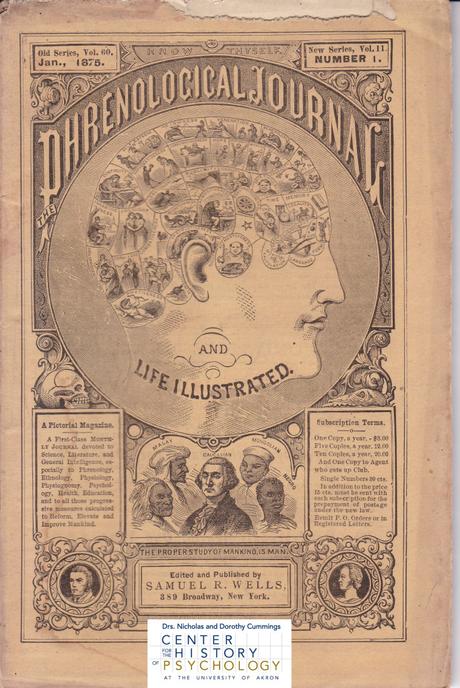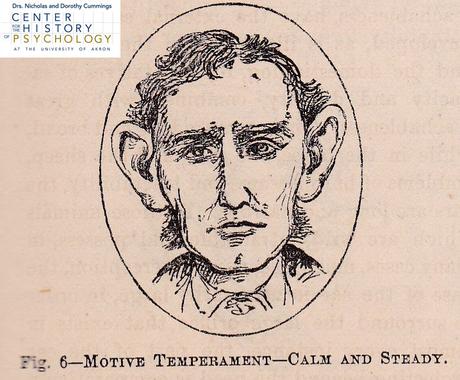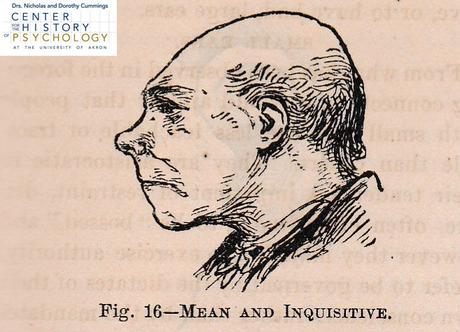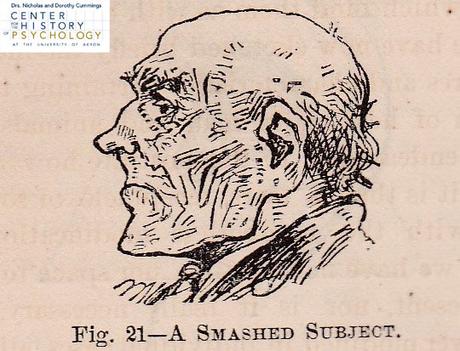–contributed by Nicole Orchosky, University of Akron student in the Museums & Archives Certificate Program. Nicole is completing her capstone at the CCHP.
You may be thinking, “nothing!” but an article in The Phrenological Journal and Life Illustrated argues that your ears say more about you than you ever could have guessed.
Phrenology is defined as, “the study of the conformation of the skull based on the belief that it is indicative of mental faculties and character”[1]. Phrenology begs the question, can all aspects of one’s personality be correctly determined based merely on the shape and appearance of one’s skull and its subtle lumps, bumps, and indentations?

The article “Our Ears—And Their Significance” makes the bold claim that the shape and general appearance of the ear is a strong indicator of one’s demeanor. The ear can be described by three of six basic variables: large or small, regular or irregular, and projecting or close. The article asserts that large ears indicate gentleness, tractability, docility, and teachableness. Those with small ears are conversely more authoritative and less susceptible to “being bossed.”[2] Irregular ears, those with less smooth, defined edges, denote irregularity or eccentricity in one’s mental faculties, while regular ears suggest a regularity and uniformity in character. Finally, projecting ears indicate that the subject is harmless, while ears set close and flat to the head indicate destructiveness or combativeness.
Of course, an illustrated journal cannot be complete without illustrations to accompany its claims. “Our Ears—And Their Significance” is supplemented by several (somewhat exaggerated) depictions of differently shaped ears and what they reveal about their wearers. The following are a few examples.




Thirteen complete issues of The Phrenological Journal and Life Illustrated will be made available as a digital collection by December 2020.
Sources Used:
- “Phrenology.” Merriam-Webster. https://www.merriam-webster.com/dictionary/phrenology
- “Our Ears—And Their Significance.” The Phrenological and Life Illustrated, Vol. 2, No. 1. Jan 1875. Pp. 17-29.
